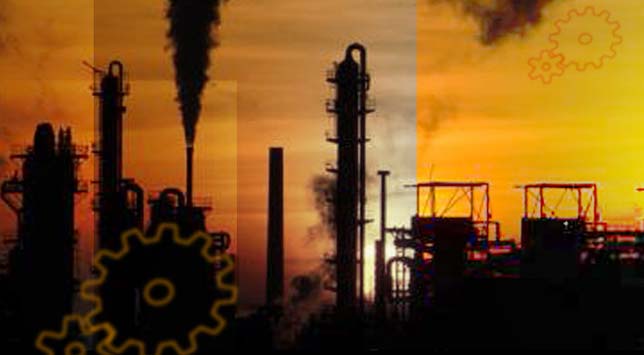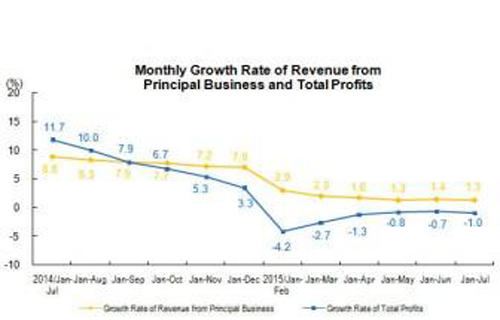
Global petrochemicals prices climbed 6% to US$1,425 per metric ton (/mt) in January, according to the just-released monthly average of the Platts Global Petrochemical Index (PGPI), a benchmark basket of seven widely used petrochemicals. This follows a 2% increase in December.
On a year-over-year basis, petrochemical prices were up 12% from the January 2012 average price of US$1,270/mt, according to data published by Platts, a global energy, petrochemicals and metals information provider.“The olefins markets provided support despite downturns in the aromatics markets,” said Jim Foster, Platts Senior Editor of Petrochemical Analytics. Olefins and aromatics are two key petrochemical classes used in the manufacturing of a host textiles, plastics, rubber and products. Olefins include such chemicals as ethylene and propylene. Aromatics include such chemicals as benzene, toluene, and xylene isomers.
“In recent months solid price gains were seen in benzene, toluene and xylene, but tables turned in January, with prices of benzene and toluene falling 4% and 3% respectively. Still, the small price declines were more than offset by the 12% and 10% increases in propylene and ethylene prices,” Mr Foster explained. The average propylene price was US$1,340/mt in January, following a 2% decline in December to an average of US$1,193/mt. The 12% rise in January was the largest price gain of the seven PGPI components.
Ethylene, another olefin component of the PGPI, averaged US$1,382/mt in January, a rise from the December average of US$1,257/mt. Polyethylene (PE) and polypropylene (PP), which are created by polymerizing ethylene and propylene, also posted twin gains in January, up 5%. Low density polyethylene (LDPE) rose to US$1,550/mt from the December 2012 level of US$1,476/m. The global PP price climbed to US$1,538/mt in January from US$1,470/mt in December 2012.
“Propylene and ethylene supplies have tightened because of recent outages, planned and unplanned, at refineries and steam crackers,” Mr Foster said. “The tighter supplies have pushed olefins prices higher, despite only small gains in the prices of their raw inputs of crude and naphtha.”Global benzene prices slipped 4% in January, following four months of consecutive gains. Benzene prices dropped on oversupply, following the maintenance shutdowns by styrene manufacturers. Benzene can be converted into styrene, as can toluene, which also fell 3% in price last month.
Paraxylene, the third aromatic component in the PGPI, saw a 2% price rise last month, supported by tighter global supplies. Petrochemical prices largely decoupled from global equity markets as the New Year got underway. Of the seven components in the PGPI, the polymers, which are most closely tied to consumer spending, saw higher prices on the back of gains in the global equity markets, but other components of the PGPI declined. The Nikkei 225 and London Stock Exchange Index (FTSE) both increased 7% in January and the Dow Jones Industrial Average (DJIA) was up 6%.
The PGPI reflects a compilation of the daily price assessments of physical spot market ethylene, propylene, benzene, toluene, paraxylene, LDPE and PP as published by Platts and is weighted by the three regions of Asia, Europe and the US.
Source: http://www.adsalecprj.com/Publicity/MarketNews/lang-eng/article-67002758/Article.aspx







